I have a graph. One can see that the complect subgraph A<->B<->C and E<->D<->F (pattern) occurs twice in the graph. I found the motifs and took 1st and 7th motifs from the list of igraphs.
libraty(igraph)
el <- matrix( c("A", "B",
"A", "C",
"B", "A",
"B", "C",
"C", "A",
"C", "B",
"C", "E",
"E", "D",
"E", "F",
"D", "E",
"D", "F",
"F", "E",
"F", "D"),
nc = 2, byrow = TRUE)
graph <- graph_from_edgelist(el)
pattern <- graph.isocreate(size=3, number = 15, directed=TRUE)
iso <- subgraph_isomorphisms(pattern, graph)
motifs <- lapply(iso, function (x) { induced_subgraph(graph, x) })
V(graph)$id <- seq_len(vcount(graph))
V(graph)$color <- "white"
par(mfrow=c(1,2))
plot(graph, edge.curved=TRUE, main="Original graph")
m1 <- V(motifs[[1]])$id; m2 <- V(motifs[[7]])$id
V(graph)[m1]$color="red"; V(graph)[m2]$color="green"
plot(graph, edge.curved=TRUE, main="Highlight graph")
I have a solution by hand selection motifs[[1]], motifs[[7]].
Question.
How to find the vertex lists of the pattern subgraph (for example, complect subgraph) automatically?
